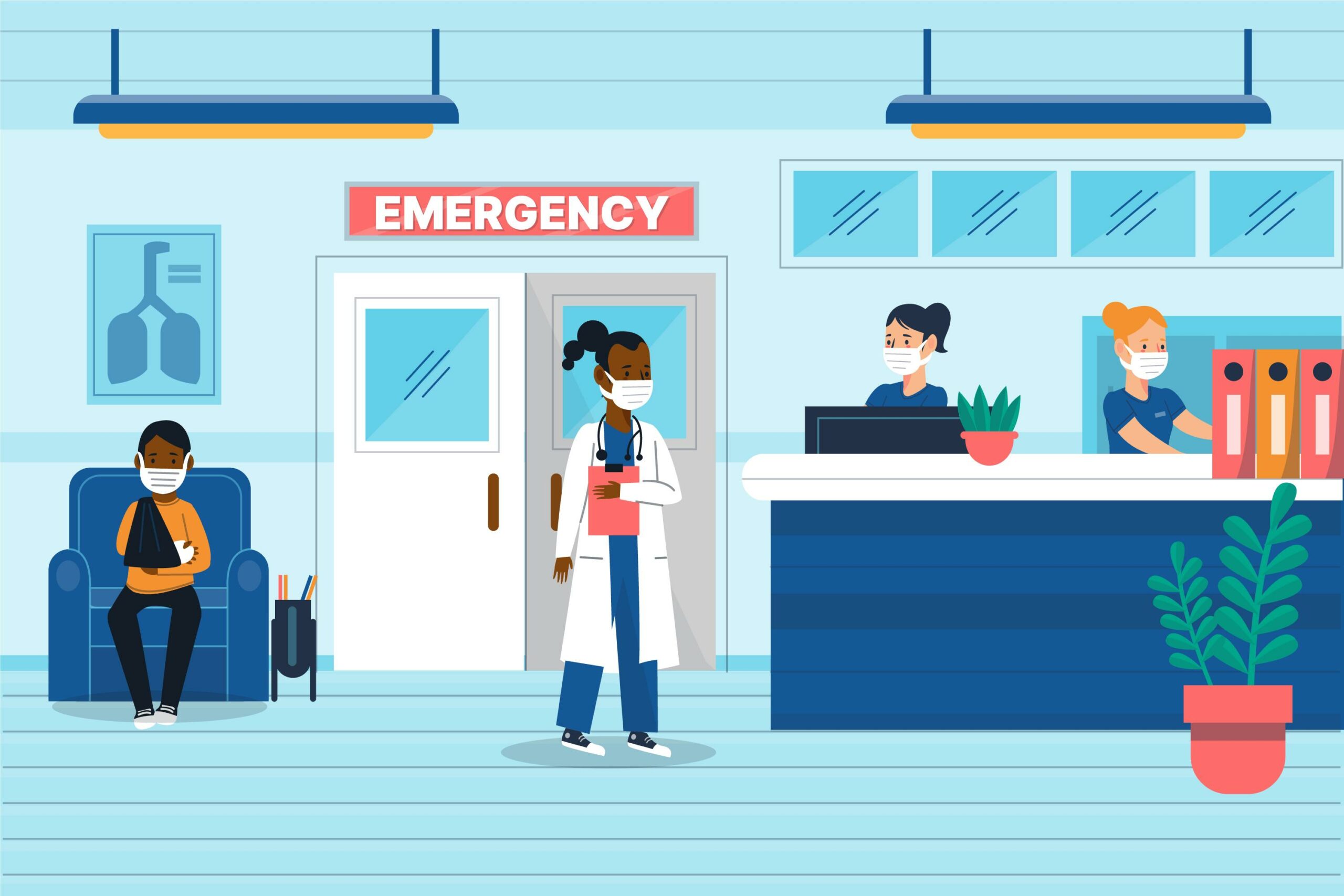hospitals
TagHow Streamlining Hospital Processes Can Lead to Improved Patient Outcomes
We’ve all worked our way through the slow-moving bowels of the American healthcare system at one point or another. Maybe you had to fight your way to an appointment with a specialist who is apparently booked out six months in advance. Maybe you ne…
The Impact of Social Workers on Patient Outcomes in Healthcare Facilities
Social workers wear a lot of hats. While their primary responsibility is to help people in need this obligation can take many forms. We think often of social workers in the context of family life. Kids. Children struggling with something at school…
The High-Demand Nursing Careers and Why There’s a Shortage of Candidates
You needn’t look very far to hear stories about nursing shortages. Where once staffing issues were a problem reserved for rural hospitals or other isolated areas, now they are experienced almost nationwide. It is a pervasive issue that has been be…
Sustainability in Healthcare: Green Careers on the Rise
Sustainability is becoming a critical focus in healthcare, driving the demand for green careers that prioritize environmental responsibility. As healthcare organizations strive to reduce their environmental footprint, new roles and opportunities a…
Navigating the Shift to Value-Based Care: Implications for Healthcare Professionals
The healthcare industry is undergoing a seismic shift from the traditional fee-for-service model to value-based care (VBC). This transition is not just changing how healthcare is delivered and reimbursed; it’s fundamentally altering the roles and …
Strategies for Retaining Top Talent in Healthcare
Retaining top talent in the healthcare industry is crucial for maintaining quality patient care and organizational success. As the healthcare sector faces ongoing challenges, including burnout and staffing shortages, implementing effective retenti…
Mental Health Support Strategies for Healthcare Personnel
On the surface, nursing jobs meet so many of the criteria that lead to workplace satisfaction. They can elevate a person’s community standing. Most people recognize and appreciate the services of all healthcare workers, but perhaps none more than …
Innovative Healthcare Careers Sparked by Evidence-Based Practice
Healthcare is constantly evolving to keep up with the most scientifically supported approaches to achieving good patient outcomes. Evidence-based practice is a concept that fully embraces that essential healthcare truth. Every patient is an indivi…
How Will Increased Remote Work in Healthcare Impact Both Employees and Patients?
Some jobs just can’t be done from home. Teachers do their best work in classrooms surrounded by students. Salespeople continue to value the personal face-to-face relationships that fuel their success. And try ordering a cappuccino from a barista w…
Why Emergency Room Roles are in High Demand
Did you know? Healthcare is the fastest-growing field in the United States. This declaration comes to us straight from the horse’s mouth. The Bureau of Labor Statistics published findings in the summer of 2023 that indicated doctors and nurses wou…










